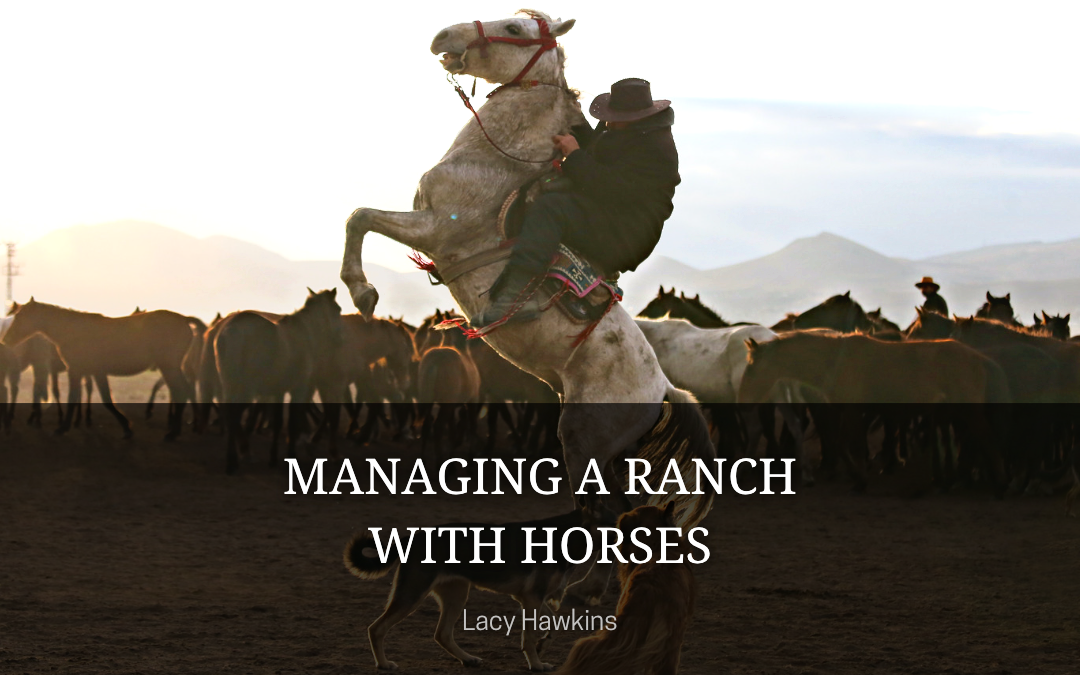Stable-management positions can vary depending on the type of farm that you want to operate. For instance, if you’re planning on breeding horses, you might have all of the regular farm management duties, such as overseeing the breeding of the animals and keeping track of their progress. On the other hand, if you’re running a small-acreage farm, you might only be responsible for maintaining the facility and keeping the horses clean.
Performance horse facilities, which also have riding arenas, require stable-management skills to keep their horses running smoothly. These types of facilities usually hire multiple horse trainers and care for their horses at a cost that’s usually thousands of dollars a month. If you’re interested in becoming a stable-management professional, there are a variety of tasks that you can expect to perform.
Create Productive Pasture
A potentially big issue that horse farms and small-acreage facilities may face when maintaining their pastures is overpopulation. According to a publication by the Missouri Natural Resources Conservation Service, horses can spend up to 18 hours a day grazing, which can severely affect the quality of the pasture.
The large and harsh hooves of horses can turn a pasture into mud, making it challenging to maintain a productive environment during the wet season. One of the most common reasons these animals choose to eat less desirable plants is that they’re used to eating what they like first. They also tend to pick areas that are not ideal for grazing and may deposit their manure in the same area.
One of the most important factors that horse farms and small-acreage facilities should consider when it comes to maintaining their pastures is the availability of nutrients. A good quality pasture can help them meet their nutritional needs and provide a habitat for various insects and microbes.
Minimize Mud
A field that has turned to mud won’t grow grass. The area needs to be rehabilitated, replanted, and given time to grow before it can successfully be utilized again for pasture. The moisture in the mud can also break down the skin of horses, allowing bacteria to enter their bodies. Some of the most common issues that horses can experience when it comes to dealing with mud are scratches and soreness.
Depending on the type of facility and the budget, different tools are used to manage the mud on a pasture. Some of these include installing gutters in the barn, turning out the horses in the indoor arena, and completing a pasture renovation.
Monitor Horse Health
The goal of a horse-farm manager is to ensure that the animals are healthy and on a regular schedule of vaccinations, farrier visits, and deworming. If they get sick or injured, the farm manager can be the one who first notices and cares for them until the owner and veterinarian arrive. Having the necessary first-aid skills can help keep the farm manager and the other staff members safe and effective.
Manage Manure
According to the Virginia Cooperative Extension, a horse can produce approximately 50 pounds of manure daily. The farm must take the necessary steps to manage the manure, as it can contaminate the waterways and attract flies.
Depending on the size of the facility and the goals of the farm, horse manure can be utilized to manage the farm. It can be used as a crop amendment as compost and sold to local farmers.
